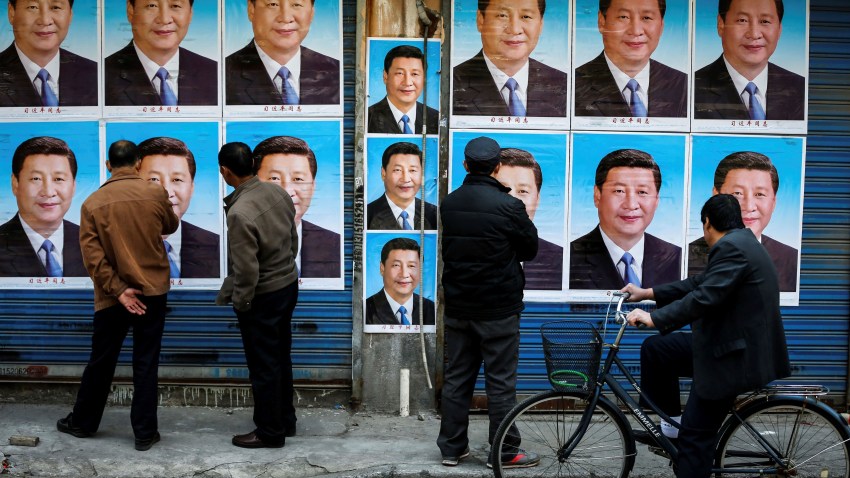China’s economic troubles have been all over the news these past few months, as its long-awaited post-pandemic recovery hasn’t materialized. Much of the coverage has focused on the long-term impacts of Beijing’s “zero Covid” policies on Chinese consumers’ confidence and the collapse of the property sector, as well as on President Xi Jinping’s continued crackdown on the private sector and anti-corruption campaign, which is now targeting the health care sector.
But the problems in China’s economy run deep and were apparent before the onset of the pandemic in early 2020. Since the 2010s, the speed of growth has slowed, halving from over 12 percent in 2007 to about 6 percent in 2019, just before COVID-19 hit, and halving again to 3 percent this year, its lowest rate of growth in a generation. Nevertheless, this slowdown is partly by design, as a way to focus on the quality of growth and higher-level goals, such as technological innovation, improved air quality and reducing China’s persistently high income inequality.
China’s rethinking of its development model didn’t begin with Xi. But with his consolidation of power and centralization of policymaking around himself, he has raised expectations that China would be able to achieve the shift away from its investment- and export-intensive growth model toward something more sustainable built on domestic demand. This would reduce China’s severe inequality between rural and urban China and its regional inequality between the wealthy coast and most inland areas.

